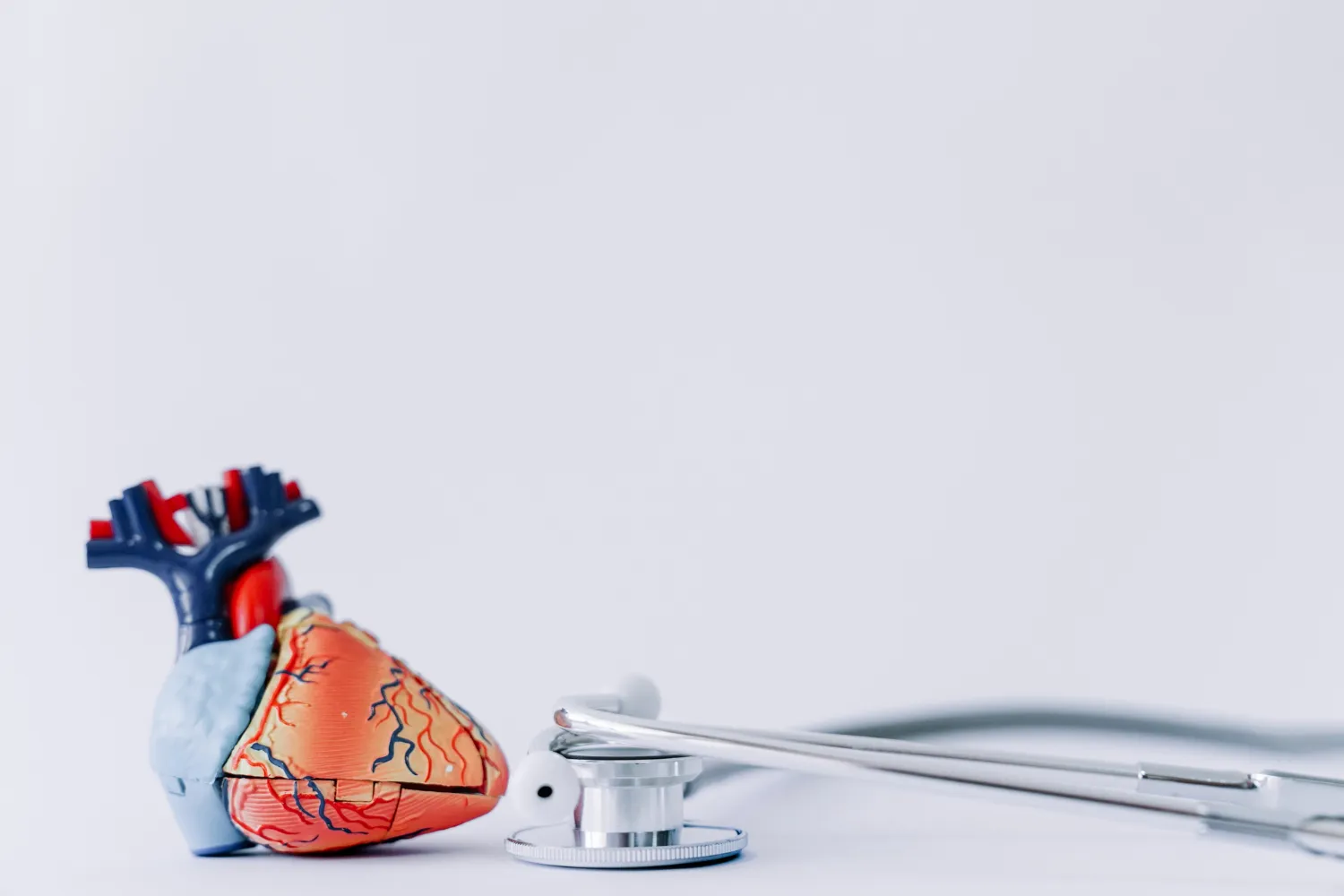Myocardial dysfunction is a critical health issue intricately associated with aberrations in the accumulation and management of cardiac lipid droplets (LDs). These tiny reservoirs of energy-rich lipids are essential for the proper functioning of the heart under normal and stress conditions. A new study published on May 6, 2019, in Scientific Reports by Ismena I. Mardani and her team has shed light on a paradoxical phenomenon regarding lipid storage in the heart.
DOI: 10.1038/s41598-019-43335-y
Traditionally, perilipin 2 (Plin2) has been recognized as a protein that contributes to the formation and stability of lipid droplets in various tissues. Given its high expression in the heart, scientists led by Dr. Malin C. Levin from the Department of Molecular and Clinical Medicine at the University of Gothenburg, posited that deficiency in Plin2 would lead to a reduction in myocardial lipid storage. Surprisingly, the results debunked their initial hypothesis, revealing an increased accumulation of triglycerides, specifically in cardiomyocytes, from Plin2-deficient mice.
This groundbreaking study titled “Plin2-deficiency reduces lipophagy and results in increased lipid accumulation in the heart” explains how Plin2 does not just stabilize LDs, but also influences lipophagy, a process where cells degrade their lipid content.
Plin2: A Regulator of Cardiac Lipid Homeostasis
Upon evaluating the hearts of Plin2-deficient mice, researchers observed an unexpected increased accumulation of triglycerides. This suggested that Plin2 somehow regulates lipid metabolism by participating in processes beyond the stabilization of LDs. The elevated lipid levels in the hearts of these mice showed that there is more to the story of Plin2’s role in cardiac function.
Lipophagy: The Cellular Recycling Pathway
Lipophagy is a selective form of autophagy where cells digest their own lipid stores, usually during periods of energy depletion. This process is crucial in maintaining a balance between lipid storage and lipid use. Without Plin2, it appears that lipophagy is less efficient, leading to a buildup of lipids within cardiac cells. The team’s findings suggest that Plin2 might act as a facilitator for lipophagy, ensuring that lipids are efficiently broken down and used as an energy source when necessary.
Implications for Myocardial Health
What does this mean for heart health? The improper breakdown and usage of lipids could lead to a condition known as myocardial steatosis—where fat infiltrates the muscle, compromising its function. Over time, this could lead to more grave complications such as heart failure. Understanding the role of Plin2 could open new therapeutic avenues aimed at enhancing lipophagy and restoring lipid homeostasis within the heart.
Future Research Directions
The study by Mardani et al. has initiated critical questions that need to be addressed. Future research must delve deeper into understanding the molecular pathways by which Plin2 influences lipophagy. Therapeutic targeting of these pathways could potentially mitigate the risks associated with lipid accumulation in the heart.
Core References that Shaped this Study
1. Kolwicz SC Jr, Purohit S, Tian R. (2013). Cardiac metabolism and its interactions with contraction, growth, and survival of cardiomyocytes. Circ Res. doi:10.1161/CIRCRESAHA.113.302095
2. Kimmel AR, Sztalryd C. (2016). The Perilipins: Major cytosolic lipid droplet-associated proteins and their roles in cellular lipid storage, mobilization, and systemic homeostasis. Annu Rev Nutr. doi:10.1146/annurev-nutr-071813-105410
3. Singh R, et al. (2009). Autophagy regulates lipid metabolism. Nature. doi:10.1038/nature07976
4. Graner M, et al. (2013). Cardiac steatosis associates with visceral obesity in nondiabetic obese men. J Clin Endocrinol Metab. doi:10.1210/jc.2012-3190
5. Schulze RJ, Sathyanarayan A, Mashek DG. (2017). Breaking fat: The regulation and mechanisms of lipophagy. Biochim Biophys Acta Mol Cell Biol Lipids. doi: 10.1016/j.bbalip.2017.06.008
Keywords
1. Lipid metabolism in the heart
2. Perilipin 2 deficiency
3. Cardiac lipophagy
4. Myocardial lipid storage
5. Triglyceride accumulation cardiomyocytes
These SEO keywords are designed to target individuals and researchers who are specifically interested in the nuances of heart health, lipid metabolism disorders, and potential new research areas in cardiology and metabolic diseases. The findings in this study point to the complex and intricate dance between lipid storage, mobilization, and its ultimate impact on cardiac function. It is essential to put forward such research to spotlight the significance of molecules like Plin2 in maintaining cardiac health and pave the way for innovations in cardiovascular therapies.
By embracing the surprise uncovered in the study, the scientific community takes a step closer to unraveling the complexity of cardiac lipid metabolism and the prospect of pioneering heart disease treatments that can one day improve the quality of life for millions around the globe.
